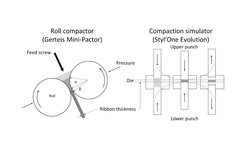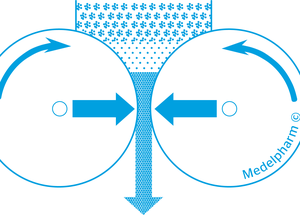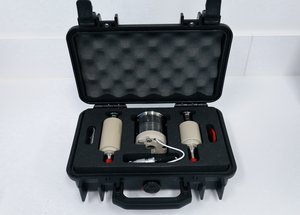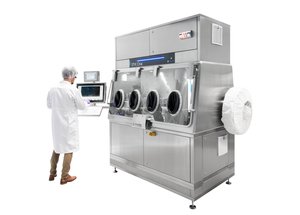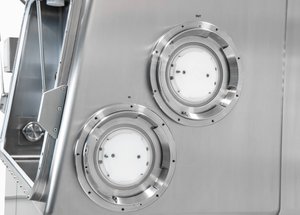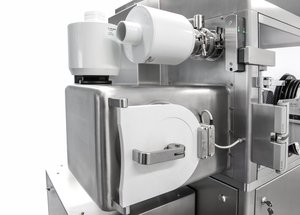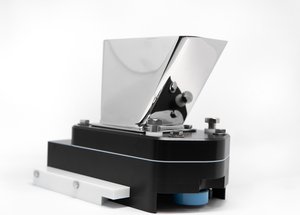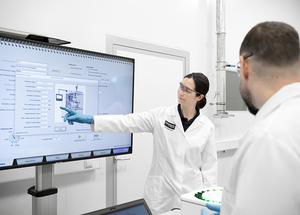Scientific papers
This study examined the Kilian Inline Measurement System (KIM), a recently introduced tool enabling ultrasonic measurements during powder compaction. Three pharmaceutical excipients with diverse properties and particle sizes were investigated, utilizing varying amounts of lubricant and compaction pressures. The results demonstrated high reproducibility not only within series but also across different days, even when components were dismantled and reassembled. The relationship between ultrasonic velocity and increasing compact density varied among the studied materials and remained independent of initial particle size and applied maximum pressure.
As the velocity through a porous solid is influenced by pore volume and shape, velocity profiles have the potential to monitor changes in the microstructures of the materials. Additionally, ultrasonic velocities through binary mixtures (50:50 (w/w)) at a given solid fraction fell between the values of the plain excipients, more closely resembling one of their components. This may offer insights into the compaction behavior and performance of the blend. In conclusion, ultrasonic instrumentation appears to be a robust and promising tool for characterizing powders and blends in compaction processes. However, its practical value requires further investigation, including exploration with multi-component blends, understanding underlying densification mechanisms, and assessing decompression effects.
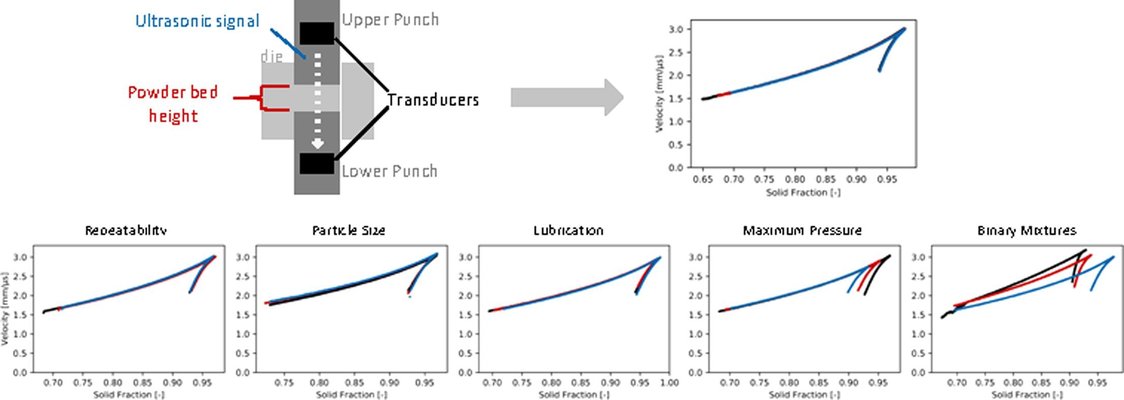
Comments
No comments posted yet.
Add a comment


